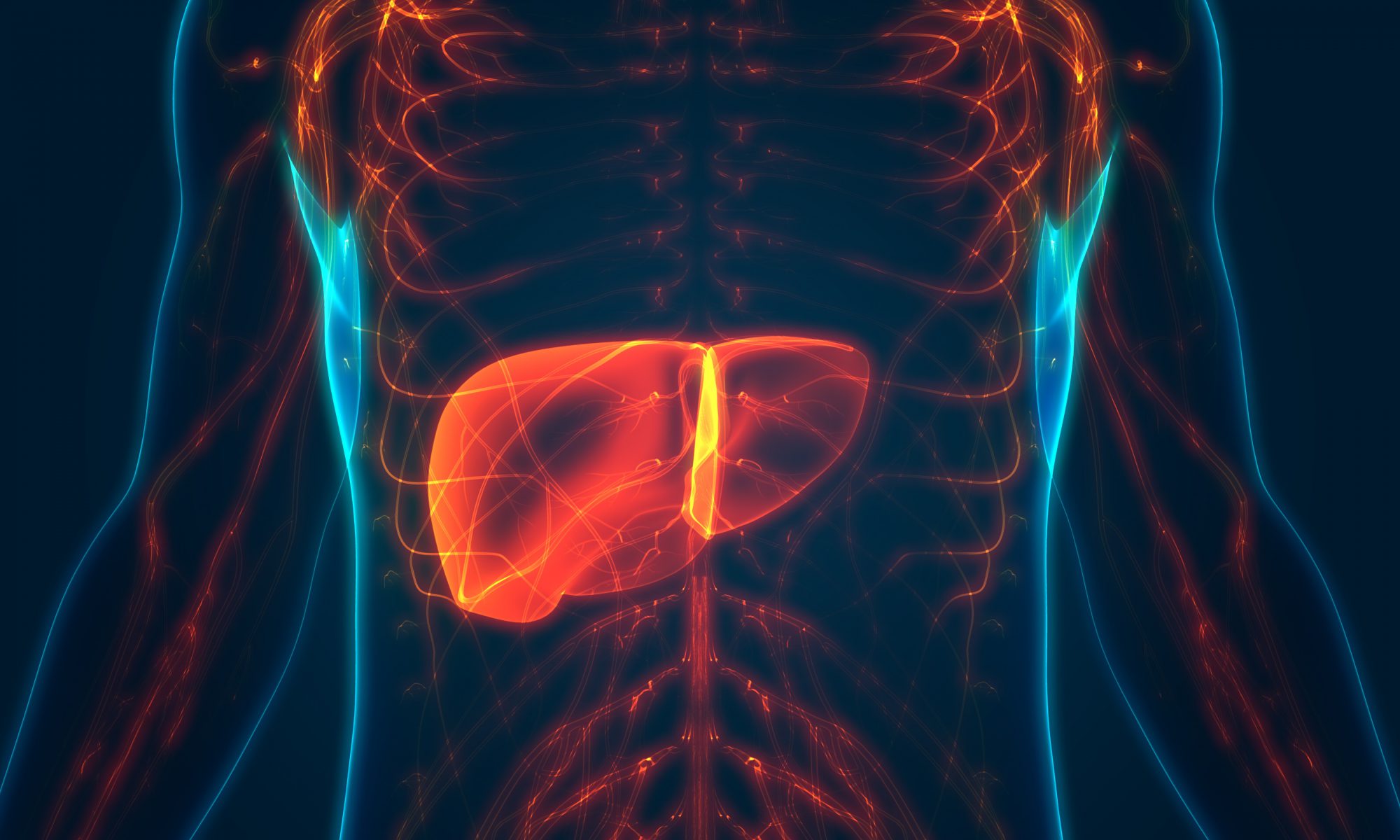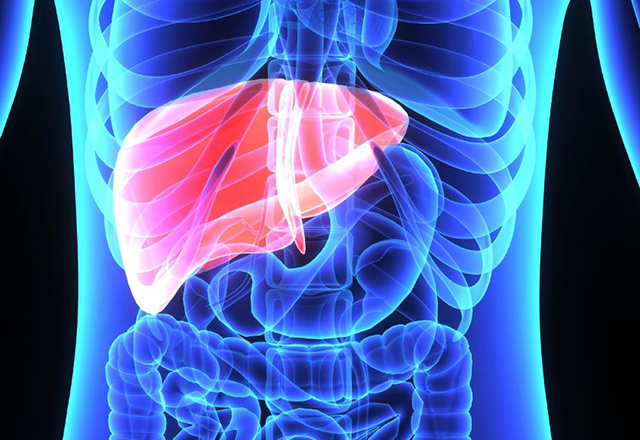Team from Newly Launched Pediatric Liver Disease & Transplant Program Performed the First-Ever Pediatric Liver Transplants at Hospital Within a Week of Each Other
Surgeons at Hassenfeld Children’s Hospital at NYU Langone and the NYU Langone Transplant Institute have successfully performed the first two pediatric liver transplants at the institution. The lifesaving surgeries were conducted within a week of each other, giving hope and a new lease on life to two young girls from New Jersey.
To address the rising incidence of liver disease in children and the critical need for quality care, Hassenfeld Children’s Hospital formed the Pediatric Liver Disease and Transplant Program this April. Read the complete press release from NYU Langone Health.



